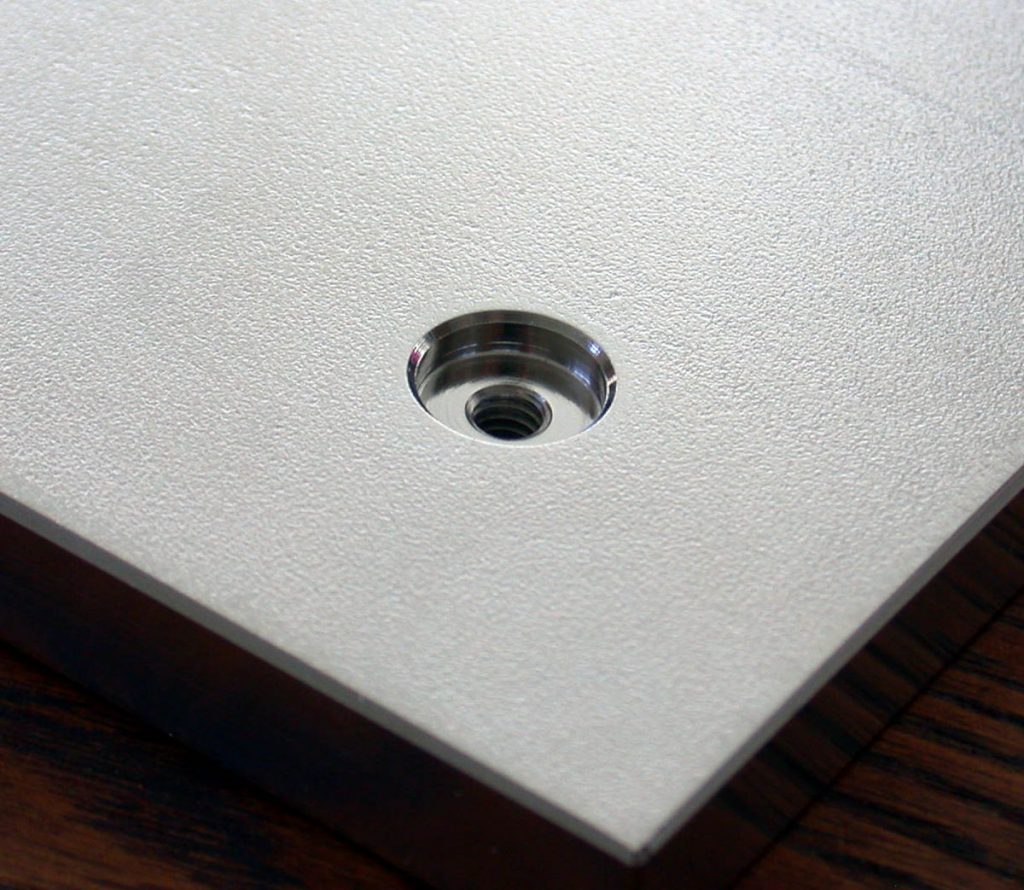Steps on how to make a counterbore hole in metal

Protruding screw heads are unsightly and often ruin the aesthetics of metal parts. Countersinking is a process that helps prevent this protrusion and involves enlarging the edges of the pilot hole.
Therefore, the main purpose of a counterbore head is to hide the screw head in a metal, wood or plastic part. It also helps prevent serious injuries or scratches due to protruding screw heads.
In this article we will provide you with information on how to make a counterbore hole in metal. We’ll also cover the types of drill bits used to create countersinks in metal and the common applications for these holes.
Steps to Make a Counterbore in Metal
Countersinking in metal is not difficult, especially once you understand the type of hole and the appropriate tools. Here are step-by-step instructions for making a counterbore hole in metal.
Drill pilot holes
Before making the counterbores, you need to drill pilot holes. The first step in drilling pilot holes is to choose the diameter of the bolt shaft you want to use, as this will help in selecting the correct drill bit. Make sure the selected drill bit diameter is the same as the screw diameter or less than 1.6 mm.
Before you start drilling, it’s a good idea to secure the metal with clamps to ensure it doesn’t move during the drilling process. Once you’ve made sure the metal is secure, mark where you want to drill the holes and install the drill bit.
When drilling, hold the drill bit perpendicular to the metal surface and press its trigger. Apply pressure to the drill bit until it is the same size as the screw you plan to use in the hole.
Check and ensure counterbore head angle
Correctly using the wrong counterbore angle defeats the purpose of the counterbore as the metal part will still look unsightly. Therefore, in order to ensure the safety of screw tightening, it is necessary to have the correct counterbore angle. For example, when counterboring metric screws, a 90-degree angle is recommended, while an 82-degree counterbore is recommended for standard screws.
Choose the right counterbore drill bit
Choosing the right counterbore drill bit involves choosing the correct drill bit diameter. The reason is that drill bit diameter plays a key role in determining how tightly the screw will fit into the counterbore
hole after drilling.
If the diameter of the drill bit used is smaller than the diameter of the screw, protrusion of the screw head is inevitable. Therefore, it’s best to use a drill bit that’s about the same diameter or slightly smaller than the diameter of the bolt or screw head you plan to use in the hole.
To measure a screw or bolt head, use a caliper and hold it tightly around the screw head. The goal is to ensure that the screw head does not protrude but is flush with the counterbore hole.
drill bit into the drill chuck
The drill chuck is the part of the drill that holds the drill bit. It is especially important when the drill bit is rotating to avoid accidents. This assembly features a fastening collar and a three-way vise. In most cases, the best way to secure the drill bit to the chuck depends on the design of the drill rig. However, the usual method is to use a key or a hand-operated chuck wrench.
For designs that require a key, you’ll find an open hole in the collet for inserting the key and tightening or untightening. Also, it is okay to tighten the chuck, but make sure not to tighten it too much so that it becomes difficult to remove the counterbore bit after drilling.
Adjust the drill to the correct depth
When making counterbore holes in metal, the depth and drill type are important if the screw head is required to be flush with the metal. It’s best to set the adjuster to 4mm or more to get the correct depth.
Also, be aware that the exact depth you set the adjuster to depends on the size of the screw head. Using the correct depth will help prevent over-countering (a gap above the screw head) or the screw head protruding from the metal part.
Drill counterbore hole
Gently push the drill with the countersink bit onto the pilot hole to drill the countersink. Drill until desired depth is achieved. It’s important to note that the exact drilling depth depends on the size of the screw head and the counterbore drill bit.
Check counterbore
After drilling is complete, use bolts or screws to inspect the counterbore holes. Make sure the bolt or screw is flush with the metal surface. Hopefully these steps will help you when making counterbore holes in metal.
PROTO MFG provides a wide range of manufacturing capabilities and other value-added services for all of your prototyping and production needs. Visit our website to learn more or to request a free, no-obligation quote.